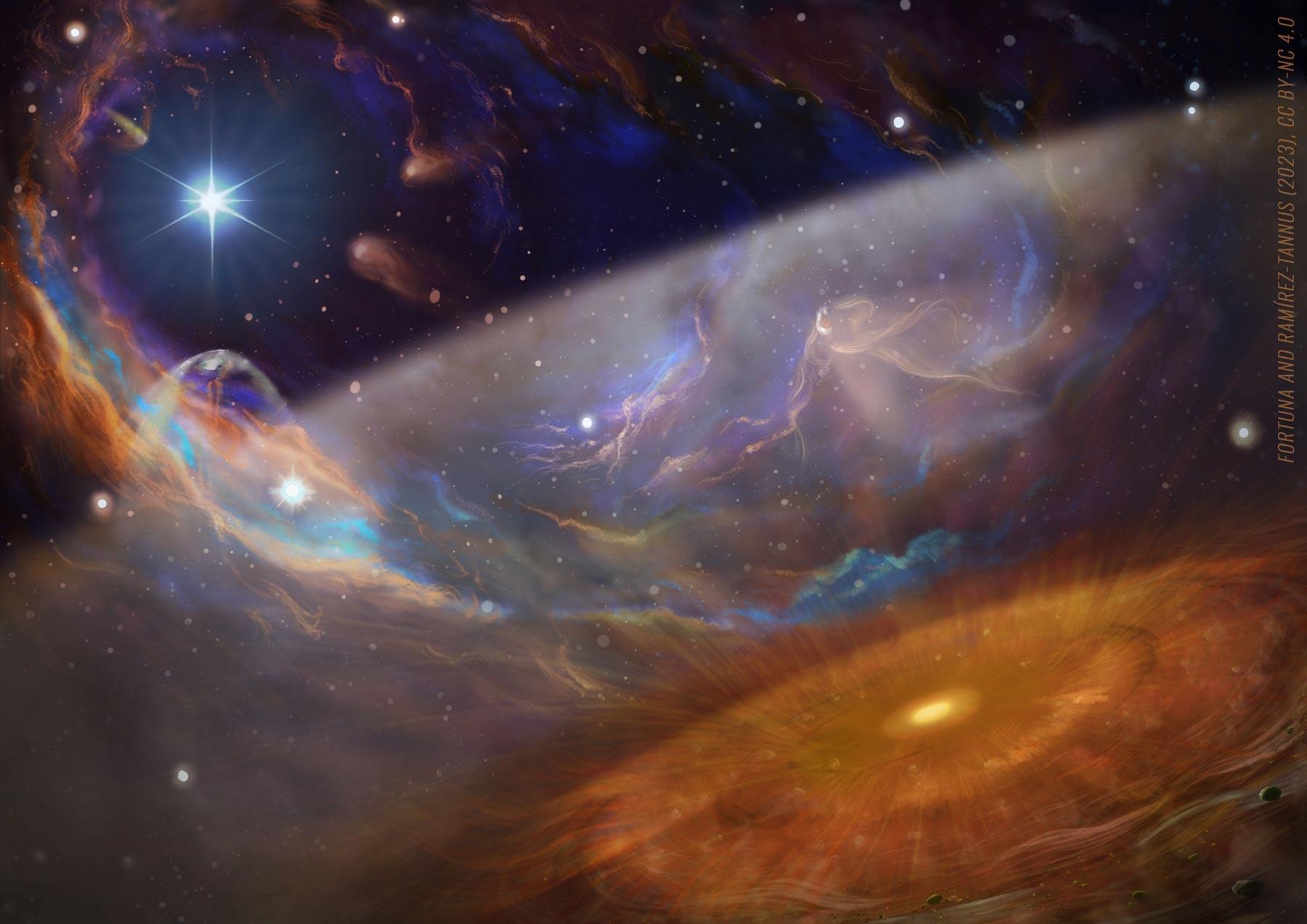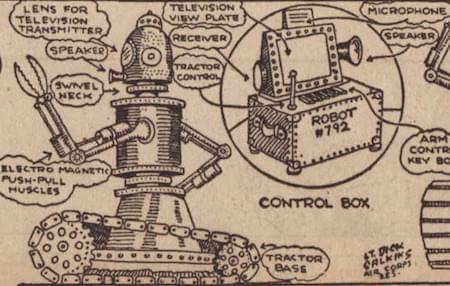A software vulnerability checker with the potential to become a repair shop could keep critical computer systems one step ahead.
High-profile cyberattacks, such as the one that compromised British retailer Marks & Spencer’s customer data in April 2025, highlight the need for better ways to detect software vulnerabilities in the computer systems that increasingly control everything, from oil pipelines to hospital records.
To help, an international research team including Khalifa University’s Merouane Debbah, has developed SecureQwen, a smart software checker that automatically detects and flags vulnerabilities for repair. Powered by an AI model trained in the language of computer code, SecureQwen could even identify weaknesses that it had not explicitly been taught or come upon before.









